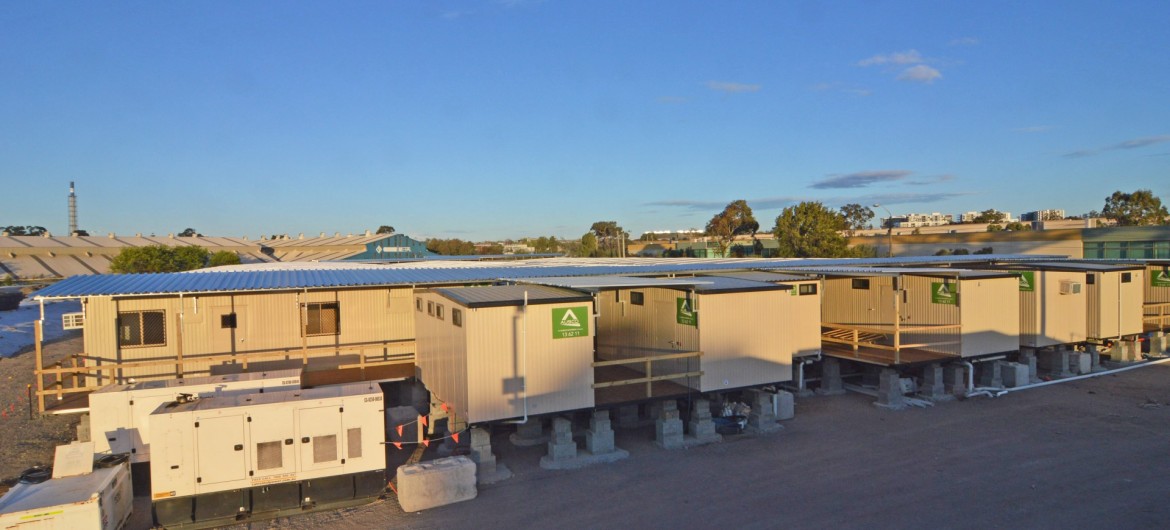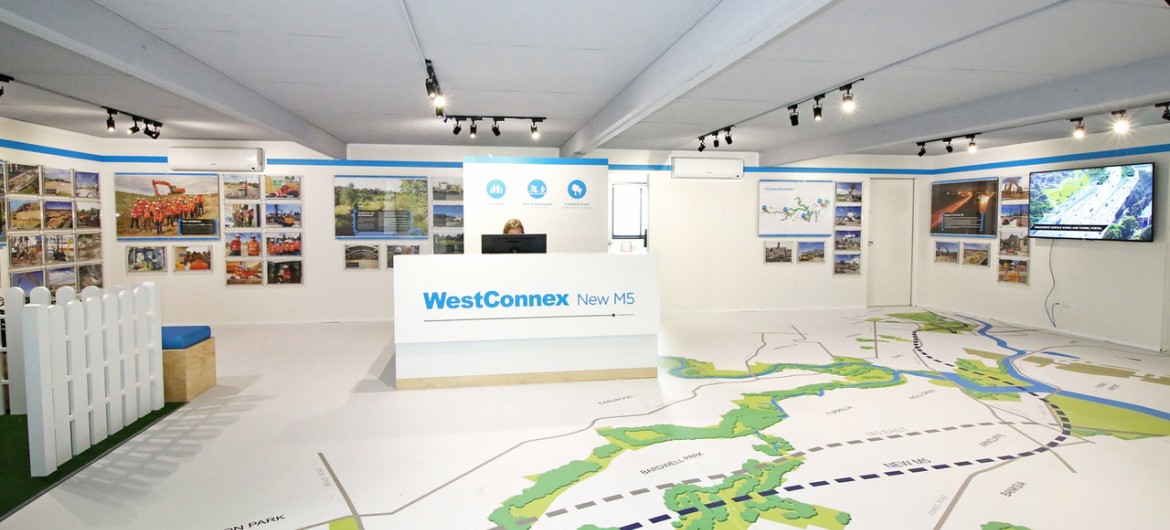Functional modular spaces for Australia's largest infrastructure project
In 2016, Ausco Modular was enlisted to assist in the largest transport infrastructure project undertaken in Australia.
The WestConnex M5 is a revolutionary project for urban Sydney that commenced in March 2015 and is expected to be completed in late 2023.
The 33km of motorway will link western and south-western Sydney with the city, airport and Port Botany precincts.
Ausco was contracted to design, supply and install all offices and amenities across approximately 15 sites for both the tunnel and civil construction teams which included over 300 modules.
Ausco was able to mobilise, prepare and install all required facilities across multiple locations simultaneously including lunch rooms, change rooms, showers toilets, laundries, first aid facilities for 1500 construction workers and five large workspaces.
Due to the sheer scale of the WestConnex M5 project, the stakeholders required seamless production and installation of all required spaces. Through the use of modular construction and hire fleet, Ausco was able to provide a full turn-key service including new, high quality office furniture and fully operational workstations including all soft wiring for phones, data and outlets.
A significant amount of design work was required upfront as each location within the project had its own set of requirements. Ausco’s expansive internal team meant that this could be completed in a timely and efficient manner.
The WestConnex project is a perfect example of Ausco’s capability to deliver a major project safely and within the required timeline with the use of the state of the art modular buildings.
Ausco excelled in meeting the requirements of each location throughout the WestConnex M5 project, creating functional spaces with premium designs and features for all 15 sites.
The project demonstrates the endless capabilities of modular design and shows that temporary modular buildings can be delivered to tight deadlines and restrictions and go far beyond basic rooms and simple designs.






